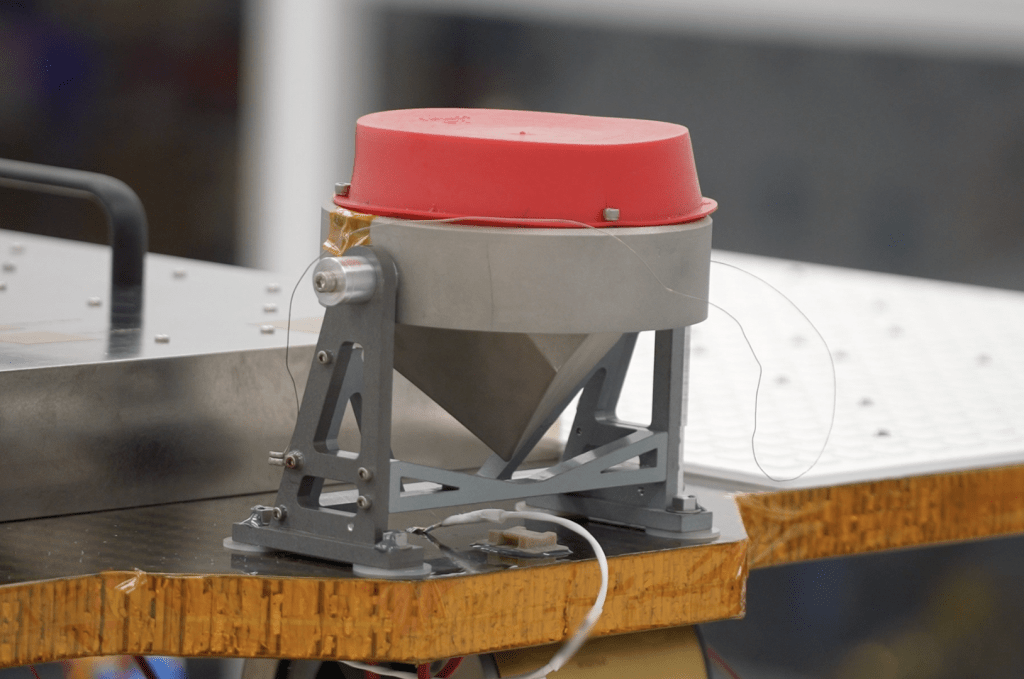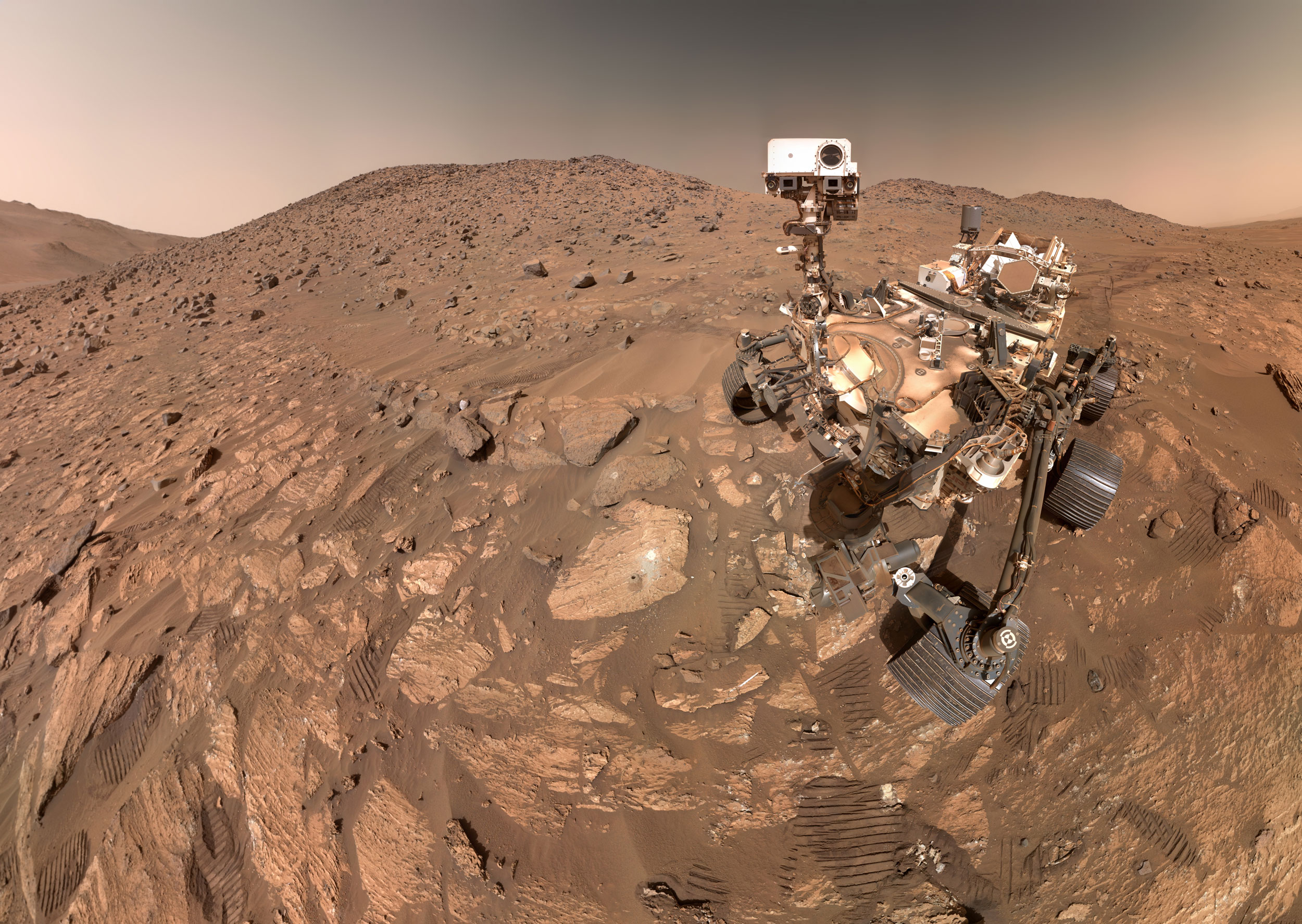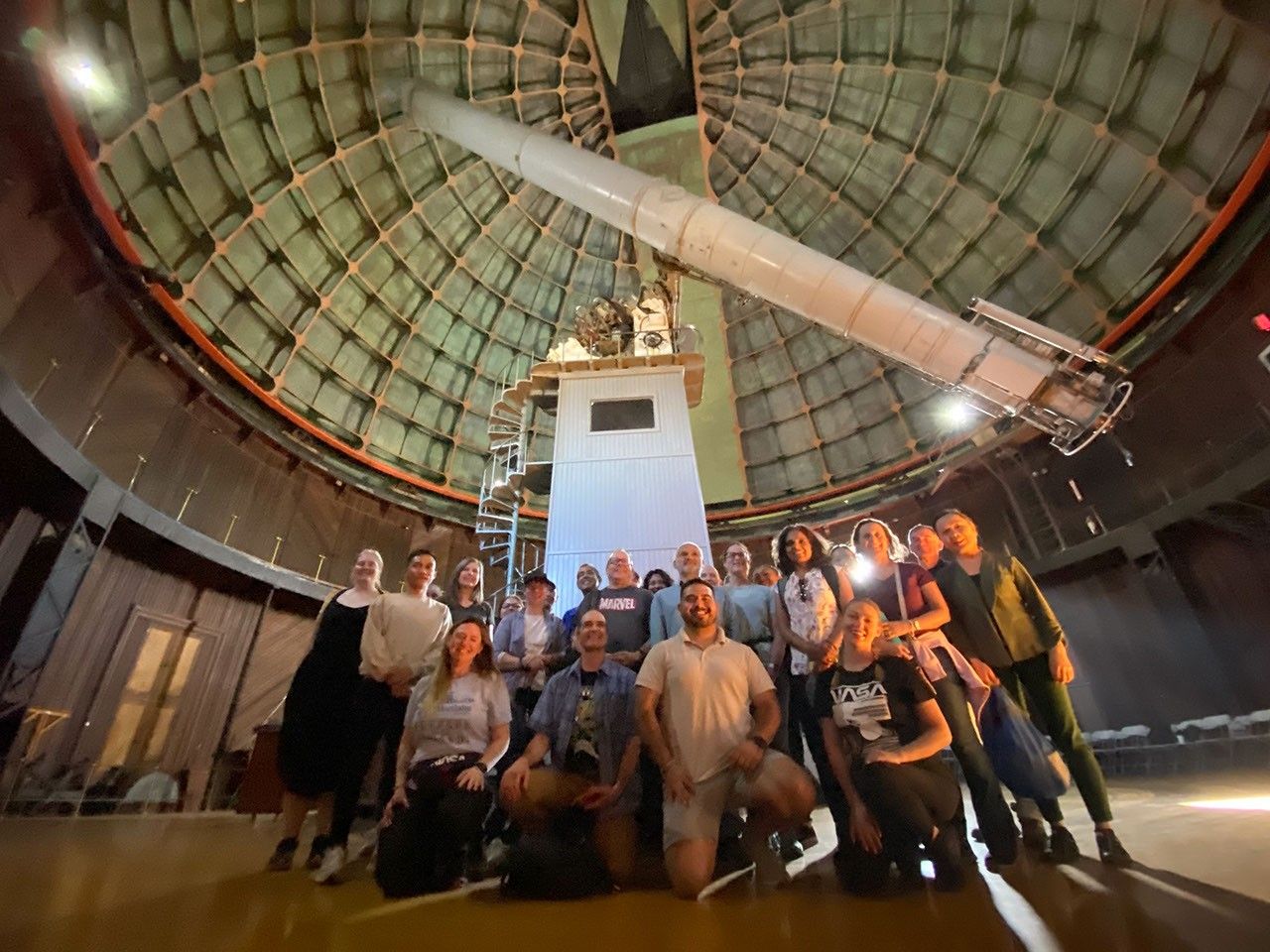Japan’s XRISM (X-ray Imaging and Spectroscopy Mission, pronounced “crism”) observatory, expected to launch Aug. 25 (Aug. 26 Japan local time), will provide an unprecedented view into some of the hottest places in the universe. And it will do so using an instrument that’s actually colder than the frostiest cosmic location now known.
“XRISM’s Resolve instrument will let us peer into the make-up of cosmic X-ray sources to a degree that hasn’t been possible before,” said Richard Kelley, NASA’s XRISM principal investigator at NASA’s Goddard Space Flight Center in Greenbelt, Maryland. “We anticipate many new insights about the hottest objects in the universe, which include exploding stars, black holes and galaxies powered by them, and clusters of galaxies.”

A new NASA infographic illustrates the enormous range of cosmic temperatures. At the bottom of the scale is absolute zero Kelvin, or 459.67 degrees below zero Fahrenheit (minus 273.15 Celsius).
The detector for XRISM’s Resolve instrument is just a few hundredths of a degree warmer than this. It’s 20 times chillier than the Boomerang Nebula – the coldest-known natural environment – and about 50 times colder than the temperature of deep space, which is warmed only by the oldest light in the universe, the cosmic microwave background.
The instrument, a collaboration between NASA and JAXA (Japan Aerospace Exploration Agency), must be kept so cold because it works by measuring the tiny temperature increase created when X-rays strike its detector. This information builds up a picture of how bright the source is in various X-ray energies – the equivalent of colors of visible light – and lets astronomers identify chemical elements by their unique X-ray fingerprints, called spectra.
“With current instruments, we’re only capable of seeing these fingerprints in a comparatively blurry way,” said Brian Williams, NASA’s XRISM project scientist at Goddard. “Resolve will effectively give X-ray astrophysics a spectrometer with a magnifying glass.”
XRISM’s other instrument, called Xtend, developed by JAXA and Japanese universities, is an X-ray imager that will perform simultaneous observations with Resolve, providing complementary information. Both instruments rely on two identical X-ray Mirror Assemblies developed at Goddard.
XRISM is a collaborative mission between JAXA and NASA, with participation by ESA (European Space Agency). NASA’s contribution includes science participation from the Canadian Space Agency.
Download high-resolution images from NASA’s Scientific Visualization Studio
By Francis Reddy
NASA’s Goddard Space Flight Center, Greenbelt, Md.
Media Contact
Claire Andreoli
NASA’s Goddard Space Flight Center, Greenbelt, Md.





























